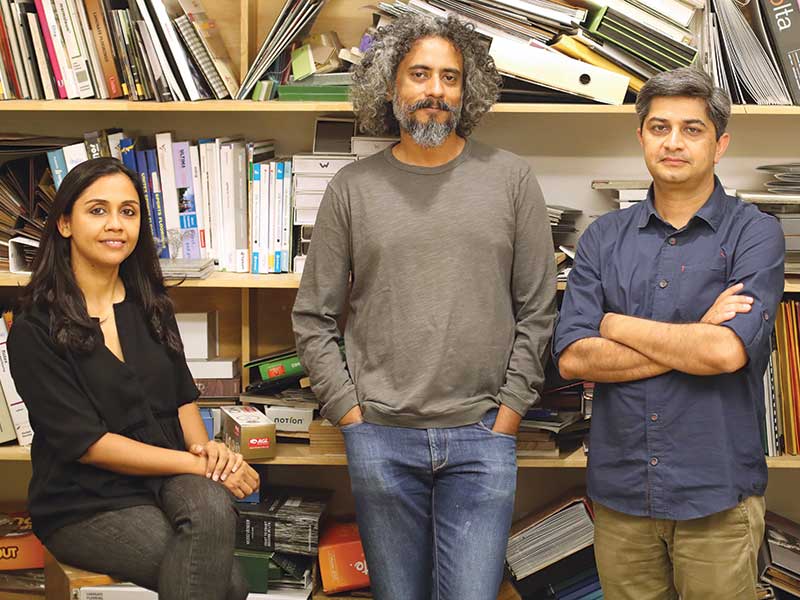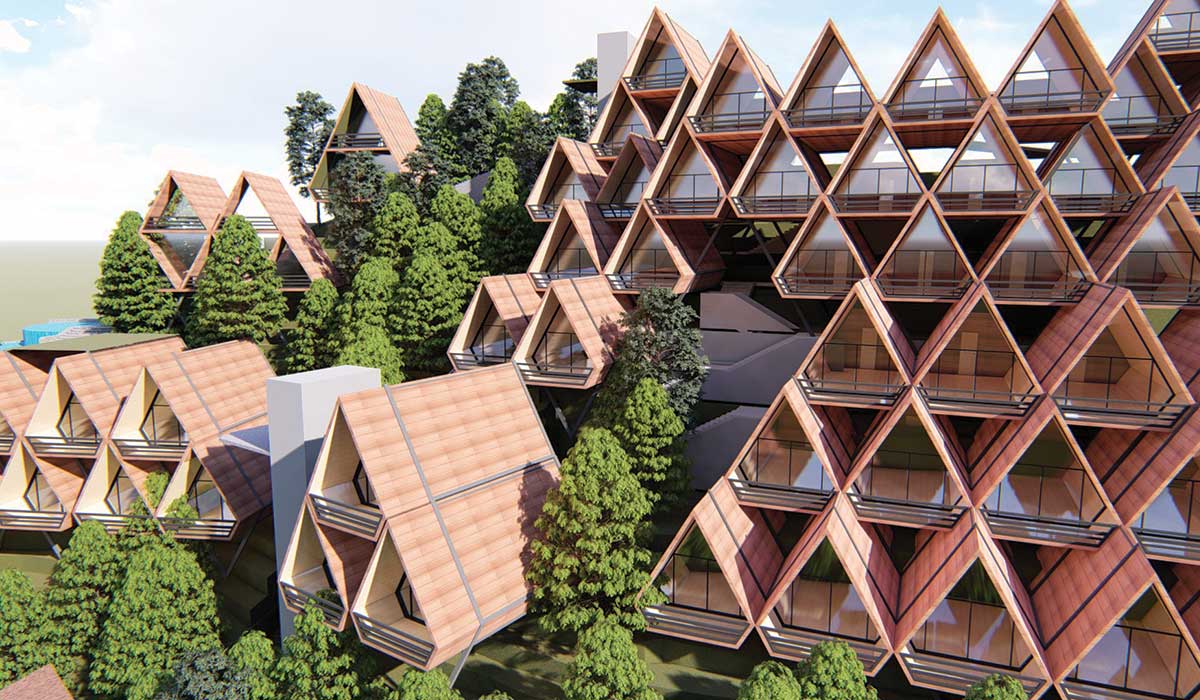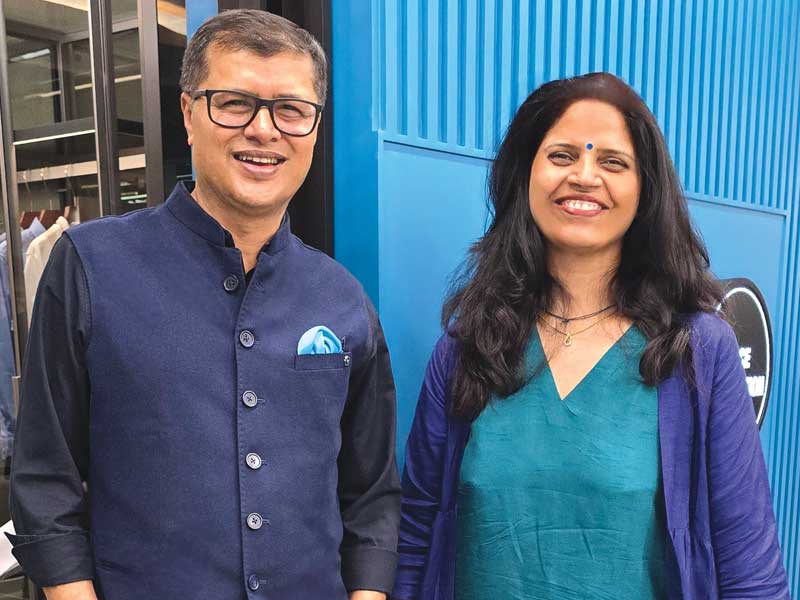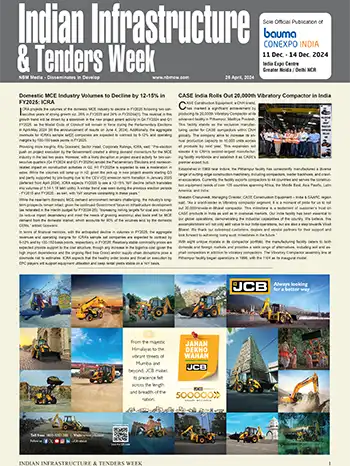
India’s pledge to achieve energy sufficiency by 2047 is a pivotal factor driving change in the field of architecture. This commitment has led to a heightened emphasis on designing energy-efficient buildings. These efforts not only align with global sustainability goals but also significantly impact the way architects approach their work.
Additionally, India’s rapid population growth and urbanization are shaping the way cities are designed. There is a growing emphasis on creating sustainable and liveable cities, which includes designing mixed-use developments, prioritizing pedestrian-friendly spaces, and improving public transportation systems.
The field of architecture is experiencing a transformative phase characterized by new opportunities, adaptability, and innovative trends. As the world becomes more hyperconnected, there is a noticeable trend towards architectural styles that are increasingly homogenized. However, this trend has also sparked a renewed interest among Indian architects in preserving and showcasing our cultural heritage.

Another significant opportunity for architects today is the focus on long-term sustainability. Thanks to advancements in technology, implementing sustainable practices in architecture has become more feasible.
Adaptability is crucial for driving architectural innovation. Architects must be able to respond to evolving societal needs, technological advancements, and environmental challenges. This involves designing spaces that enhance mental and physical well-being, developing sustainable urban environments, and integrating cutting-edge technologies into their designs.
The interface between building materials, technology, engineering, and architecture plays a pivotal role in driving quality, speed, and sustainability in construction practices. At the heart of this interface lies the collaboration between architects and material scientists. By working together, they can leverage advancements in material sciences and technology to create innovative solutions that enhance construction quality, accelerate project timelines, and promote sustainability.
Advanced manufacturing techniques and digital fabrication, enable the production of high-quality building materials with greater efficiency. These materials can offer superior performance characteristics while minimizing environmental impact. Furthermore, the integration of technology into construction processes, such as BIM and prefabrication, enhances efficiency and precision in project planning and execution.
The future of architecture will be shaped by our accumulated learnings from years of working with sustainable materials, technology, and design styles. We now have a clearer understanding of what works and what doesn’t in terms of sustainability, efficiency, and environmental impact. The key to the future lies in implementing these learnings into action, especially at the grassroots level of architecture. There will be a greater emphasis on using locally sourced materials, incorporating renewable energy sources, and designing buildings that minimize environmental impact.














